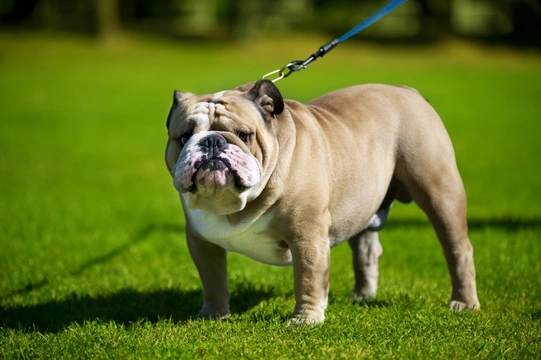
Is heatstroke still a risk to dogs during the winter months of the year?
Every dog owner knows that heatstroke can pose a threat to our canine companions during the hotter months of the year, and certain hazards such as hot cars or exercising during the hottest hours of the day can greatly exacerbate it. Heatstroke in dogs can be very fast in onset, and very dangerous too – and a number of dogs die every year as the result of heatstroke.
However, when winter rolls around, we often think that the risk of heatstroke has passed until the coming summer season – and it is certainly true that winter dog ownership presents its own challenges and different types of hazards that are more acute to bear in mind. This often leads to a mistaken belief among dog owners that heatstroke is purely the preserve of summer – but dogs can and sometimes do develop heatstroke in the winter months too, due to a different combination of factors.
In this article, we will examine how heatstroke in dogs occurs, and how certain situations that arise in the winter and not the summer can pose a potential risk to dogs. Read on to learn more.
What causes heatstroke?
Dogs are at risk of developing heatstroke when they become dangerously hot and their bodies are no longer able to regulate their own temperatures effectively. Understandably, this occurs far more frequently in the summer than in the winter – but there are some exceptions.
Certain breeds and types of dogs are much more sensitive to the heat than others, and this generally refers to brachycephalic dogs like the English bulldog, French bulldog, and the pug.
However, getting too hot is not simply dependent on the weather – dogs can become overheated for a wide variety of reasons, not all of which are exclusive to the summer. Next, we will look at some situations and scenarios that can lead to overheating and heatstroke even when the temperatures outside are cool.
Vigorous exercise
Dogs tend to have a better tolerance for exercise in cooler weather, as they don’t overheat so quickly. This is why dog owners are advised to walk their dogs in the morning and evening during the summer, to reduce the risk.
However, while it is harder for a dog to overheat when the ambient temperature is lower, if your dog is working hard and running around a lot and cannot take a break to cool down and recover, they can also run the risk of heatstroke, particularly if they are brachycephalic.
Panting is the process by which your dog’s body performs most of its cooling, and when the air is cold, this cooling is more efficient – but colder air can also cause your dog’s lungs to shrink a little, and prevent them from breathing as deeply as they need to. This cooler air can also cause the body to cool down too quickly if your dog is panting a lot, causing the risk of them becoming dangerously cold much faster too.
Bundling your dog up too warmly
Many dogs need to wear coats and insulating layers during the winter to keep warm enough, but it is important to take this into account when walking and managing your dog. A thick, fabric coat may be just the thing to keep your dog warm enough, but when you first start using it, your dog won’t have adjusted to the new normal, and may overheat quickly when running around.
Additionally, when you bring your dog back home into the warm, you should remove their coat promptly, as the heat from the home combined with an insulating coat can lead to your dog overheating.
A home or car that is too hot
We all like our homes to be nice and warm during the winter, but if your home is stiflingly hot and your dog cannot find a cooler area, they may begin to overheat quickly. Never close your dog into a room that is very hot, and ensure they can find a cooler area if they want to.
Additionally, running the heating in your car is essential to stay warm when travelling in the winter, and an ambient temperature for you should also be find for your dog – but much as is the case in the summer, you shouldn’t leave your dog alone in the car with the heater running without you there to monitor the temperature, as the closed environment of the car can easily enable overheating.
Stuffy environments
Dogs need to pant to cool down, and if your home is very stuffy, arid or warm, they won’t be able to do this effectively. Again, if the temperature is ambient for you, it should also be ok for your dog, although this may not be the case if your dog is used to cold weather and has a very thick coat that causes them to overheat when inside.
Closed-mouth muzzles
Muzzles that are designed to hold the dog’s mouth closed rather than form a cage around their mouths prevent dogs from panting, which is an essential element of keeping them cool. Closed-mouth muzzles are not suitable for use during exercise, and can cause overheating even in the winter.
Using a cage-style muzzle during exercise is fine, providing that you allow your dog the opportunity to drink water regularly.
Dehydration
On which note, if your dog’s water bowl is empty, they are apt to become dehydrated quickly and potentially, begin to overheat. Always ensure that your dog has a source of clean, fresh water, and check it regularly in the winter when it can be easy to forget because your dog will tend to drink a little less.



